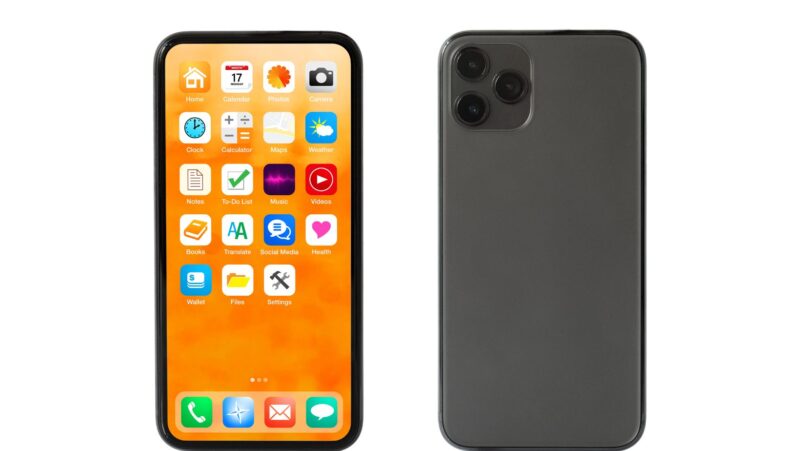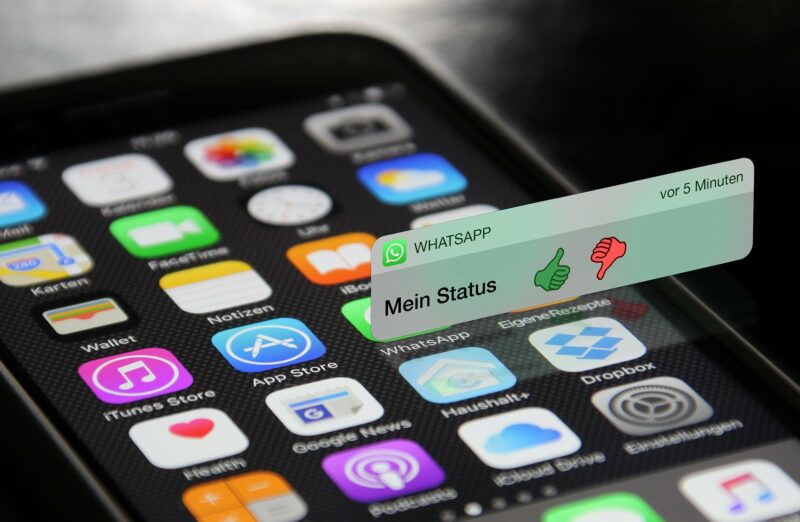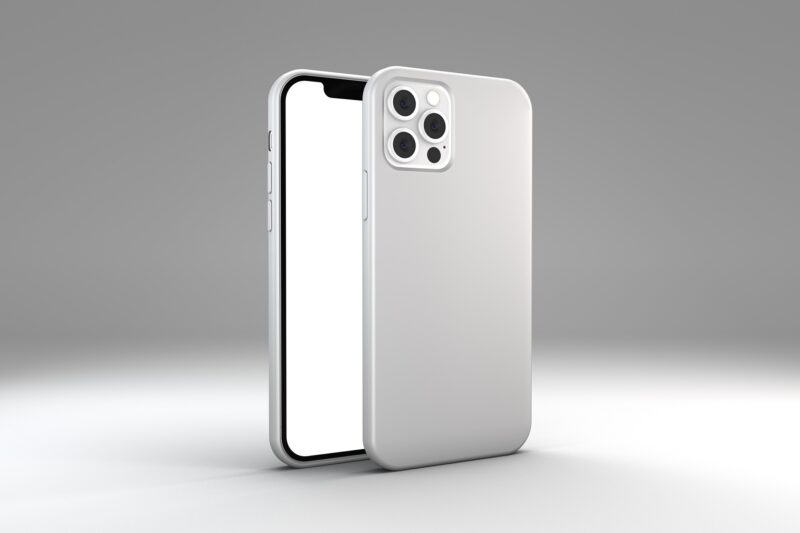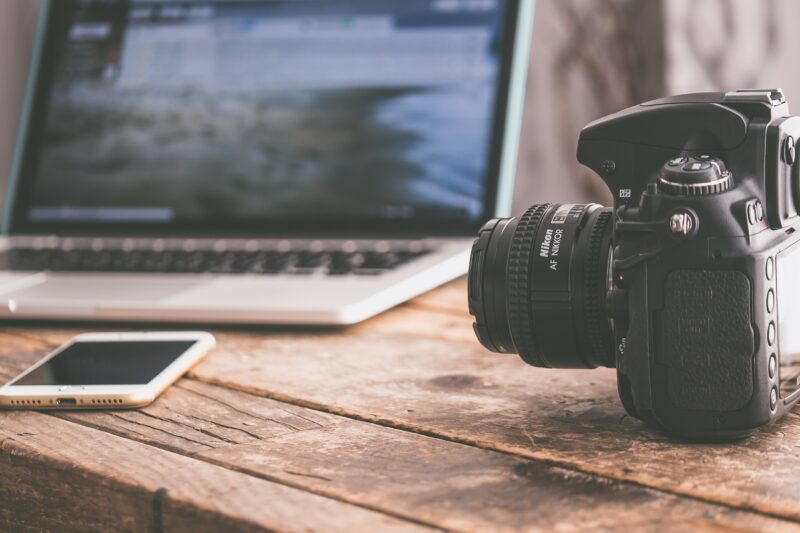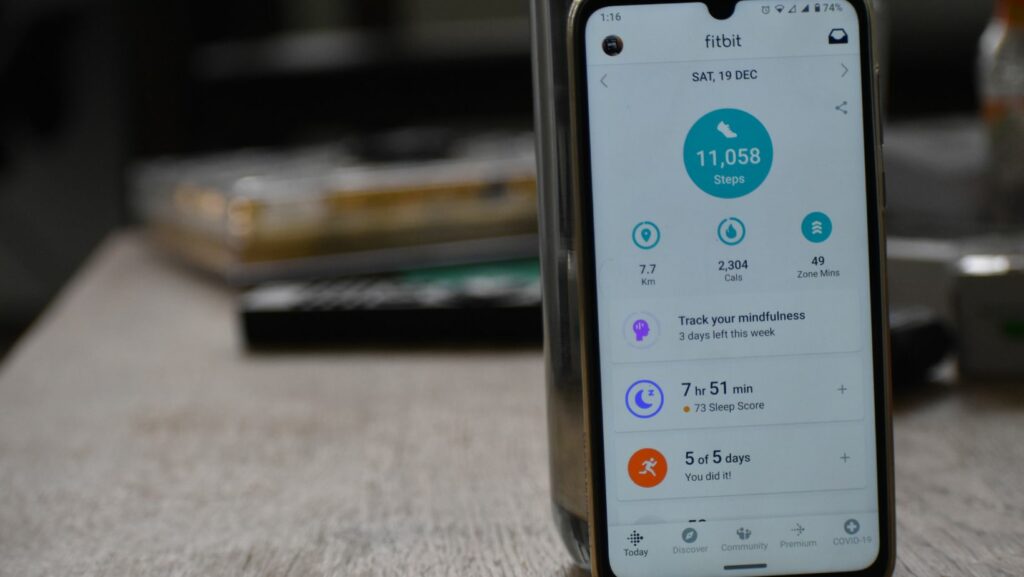
In an era where fitness and technology intertwine more intricately than ever, understanding and harnessing Bluetooth Low Energy (BLE) technology has become a linchpin in the development of health and fitness applications. BLE, a form of wireless communication designed especially for short-range communication, is a vital tool for app developers looking to integrate various fitness devices into their applications. This technology is not just a trend; it’s a gateway to creating more interactive, effective, and user-friendly fitness apps.
The Core of BLE Integration
At the heart of BLE technology is its ability to enable seamless communication between apps and fitness devices such as heart rate monitors, smartwatches, and fitness trackers. The integration of these devices into fitness apps allows users to track their activities and health metrics in real-time, providing a comprehensive view of their health and fitness progress.
For developers, the journey of BLE integration begins with understanding the basics of Bluetooth technology. It’s essential to have a grasp of how Bluetooth works, the differences between classic Bluetooth and BLE, and the specifics of BLE protocols and profiles. However, diving into the world of BLE can be overwhelming. For a more guided approach, exploring resources like the in-depth guide on BLE integration can be tremendously helpful. This guide offers valuable insights and practical steps for integrating BLE technology into fitness apps, ensuring a smoother development process.
Overcoming the Challenges
BLE integration is not without its challenges. Ensuring stability and compatibility across various devices can be a daunting task. Each fitness device comes with its unique set of specifications and communication protocols. Developers must ensure that their apps can communicate effectively with these devices, regardless of their make or model. This requires not only a deep understanding of BLE technology but also an ability to adapt and problem-solve.
Moreover, managing data transmission efficiently while maintaining battery efficiency is crucial. BLE is favored for its low energy consumption, but poor implementation can lead to increased power usage, ultimately affecting the user’s device battery life.
Keeping Up with Advancements
The world of technology is ever-evolving, and so is BLE technology. Staying updated with the latest advancements and updates in BLE is essential for developers. Renowned tech news sources like TechCrunch or Wired often cover the latest trends and updates in technology, including BLE advancements, which can be invaluable for developers looking to stay ahead of the curve.
User Experience: The Highest Priority
While the technical aspects of BLE integration are crucial, the end goal is always to enhance the user experience. Fitness apps should not only be functional but also intuitive and engaging. This means creating a user interface that is easy to navigate and making the process of syncing devices as seamless as possible. Remember, the success of a fitness app greatly depends on how easily users can interact with it and integrate it into their daily routines.
Encouraging Community and Engagement
Have you ever wondered how fitness apps maintain user engagement over time? One key factor is the sense of community and motivation they offer. By integrating social features and allowing users to share their progress, compete with friends, or join virtual challenges, apps can create a supportive and motivating environment. This not only enhances the user experience but also encourages continued app usage and engagement.
Your Turn to Step into BLE Integration
As we navigate through the complexities and potentials of BLE technology in fitness apps, it’s clear that mastering this integration can set an app apart in the crowded digital marketplace. Whether you’re a seasoned developer or just starting, the journey into BLE integration is one filled with learning, challenges, and immense potential.
Now, we turn the conversation over to you. How has BLE technology impacted your experience with fitness apps? What features do you find most beneficial, and what would you like to see in future app developments? Share your thoughts and experiences; let’s continue to shape the future of fitness app development together.








